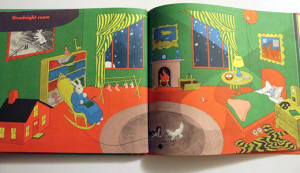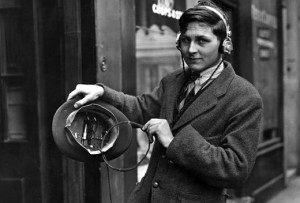
“Read a book, yo!” That’s the unofficial motto of a group of students at Derby Academy in Hingham, Massachusetts. They took it from N. D. Wilson’s Boys of Blur, a book many of them were introduced to as part of their school library’s mock Newbery Medal election program this year. Like many others, Derby librarian Barbara Zinkovich has found mock elections for the Newbery—or other Youth Media Awards (YMA)—to be a valuable tool for engaging both enthusiastic and reluctant readers.
Zinkovich operates the mock election as an activity for 4th- and 5th-graders that takes place during the school’s end-of-day study hall period. At the beginning of the year, the group discussed criteria for the award. Since then, the club has met every three weeks to discuss books. “After a bit of trial and error, we’ve found that’s a nice amount of time to read a book,” Zinkovich says.
She selected several contenders for students to read based on blog recommendations and the Massachusetts Library System’s Mock Newbery Goodreads group, although there was also a session where students could propose their own favorites. A few days before the actual YMA announcements, on February 2, the club will hold its election.
At South Colonie (N.Y.) Central School District’s Saddlewood Elementary School, the library is holding mock Caldecott elections as a class program for its 4th graders. Librarian Lucy Menard teaches three lessons: (1) how the pictures in a book tell a story, (2) how artists create images in various media, and (3) the types of design concepts that exist. “We want the students to understand that artists make decisions when they’re making pictures,” Menard says.
Next, Menard selects 10 nominees, which the students then evaluate, writing out their arguments on evaluation forms. “It’s really important for students to see that they can have any opinion as long as they have an argument to back it up,” she says. “As I emphasized the award criteria, the students are getting a better understanding of the value of being part of a community of thinkers.”
In late January, before the awards are announced, students will meet in groups of four to discuss the books, and then each of the three classes will vote on a winner.
While timing and testing mean that neither school will be able to watch the actual YMAs live, both Zinkovich and Menard plan to stream it for their students shortly afterward to see how their choices compare with the committee selections.
Building enthusiastic readers
“I’ve had a lot of emails from parents thanking me for the program,” Zinkovich says. “One said her daughter had slacked off of reading, but the club has helped to motivate her.”
The club has benefits for readers at all levels: It gives reluctant readers new motivation to find books that they like, while stronger readers enrich their experience by discussing literature. She has also heard anecdotes from both parents and teachers who have seen students enjoying reading more. In fact, one student was so enthusiastic that she took the jackets from each of the books the club discussed, framed them, and hung them on her wall.
At Saddlewood, the library is on a flex schedule, but the 4th-grade teachers have made time for the mock elections out of their writing time, connecting the program to curriculum goals.
“It’s linked into discussion skills and persuasive writing,” Menard says. “Students have to evaluate the book based on how successfully its pictures tell the story, and they have to support their argument with evidence from the text.” The mock elections also support the art curriculum, as students apply graphical and design concepts like white space and perspective.
“I think it’s important for kids to see that the Caldecott Committee is just a group of people who have learned the background of the award criteria, made their opinions, and backed them up with evidence,” Menard says. “I want to show students they are capable of doing the exact same things.”


